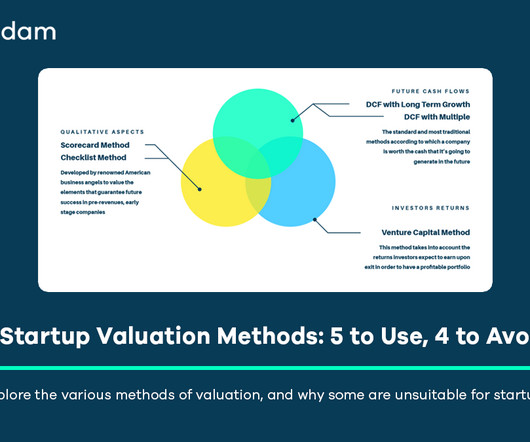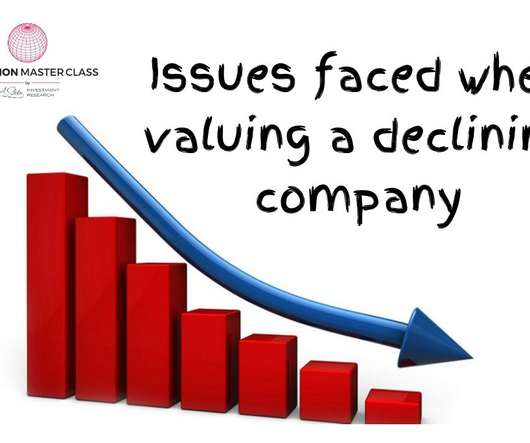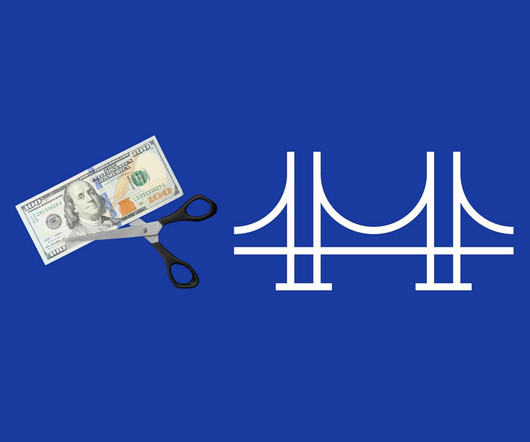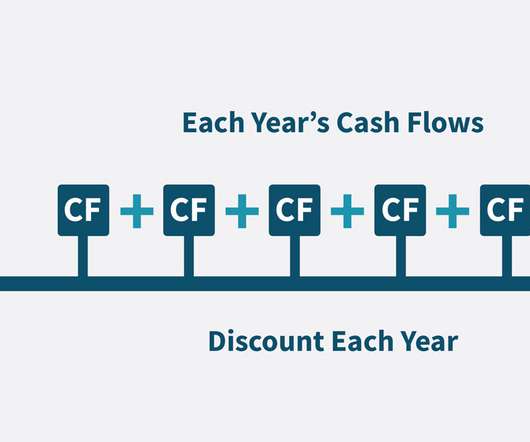EBIT vs. EBITDA - which is More Common for the DCF Model?
Equilest
DECEMBER 3, 2022
EBIT and EBITDA are two measurements of business profitability. Evaluating companies using the DCF (Discounted Cash Flow) method requires capitalizing the Free Cash Flows to the firm (FCFF) at the appropriate discount rate. - the weighted average cost of capital (WACC). . What is EBITDA?



















Let's personalize your content